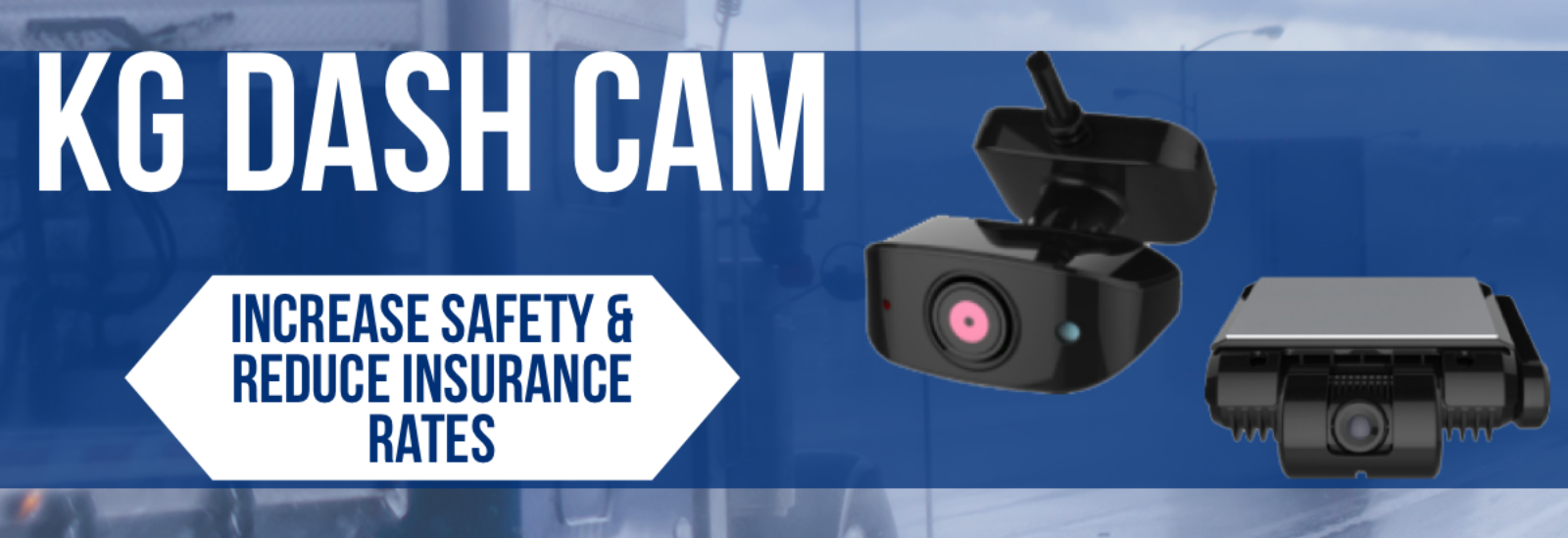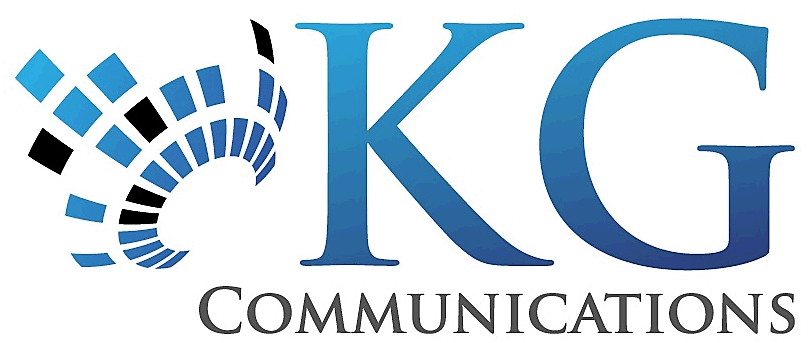Mobile communication has evolved differently in various segments of society. Some of the very first users of two-way radio mobile communication systems were police departments. Policing a city of thousands of people makes for a lot of radio traffic at times. It became clear that a central dispatch location was needed to keep communication coherent and to be as near the commanding officer as possible. The radio dispatcher was created to be the “central”.
However, even centralizing radio communication was not enough. Handling multiple simultaneous incidents is difficult when one only has a microphone and a radio. With the introduction of multi-frequency radio systems came the need for more defined protocol and for control of multiple radio channels by a single dispatcher. With ingenuity and time, the radios were moved to a closet and a control console appeared that gave a dispatcher great control over multiple radio channels and simultaneous incidents. The Dispatch Console was born.
Today there are far more businesses that use mobile two-way communication than all the municipal services combined. Municipal services, both public works and public safety commonly use dispatch consoles and dispatch operators. Businesses don’t. Why not? There are two simple answers to that:
Money, People (which is money).
Public entities have placed a high value on their dispatch systems. Thus, they have budgeted the money for the equipment and the personnel to operate it. On the other hand, businesses have been hard pressed to do the same. Public services and businesses have different purposes, so they behave differently. Not that centralized mobile communications is unwanted by business; it is simply too expensive to justify in all but the largest concerns. Until now, that is.
4G, LTE and smart devices that use robust IP connectivity have teamed up to create a new world for mobile communication that opens the door for affordable and efficient dispatch console operation. Where a console position has cost $35,000 to $55,000 per seat to install for public services, a PC-based and software-defined dispatcher console for business is now about $700 to install (including the cost of the PC) and about $60 per month to operate. Digital networks now no longer depend upon discrete frequencies to differentiate channels and groups of mobile units, that is done through software on a mega-network.
Now, with a little training on the application running on their PC, an office person can perform duties beyond those of the dispatcher of just yesterday. An example is the Integrated Dispatch Console from Kodiak Networks that operates on the AT&T wireless network, requiring only a decent internet connection. The person with dispatch responsibilities can place calls to hundreds of units at once, or call any one of them individually; or even create a small chat group on-the-fly. Police dispatchers never did that. The Kodiak console operator also can get location of a mobile unit visually on the computer’s display using mapping and GPS. The dispatch can alert individuals, camp on a selected group, visually monitor up to 8 groups at once, and record conversations which are logged and archived for later use if needed.
Accessories available to work with the PC can turn this software-based tool into a full-blown Dispatch Center with a foot-operated transmit switch, high quality headsets (with wired or wireless connections and quick-disconnect) and camped vs. un-camped group selection. Again, after a little training and some experience this office dispatch person can run circles around the old way of business dispatch. The capital cost and the commitment in employee time have transitioned from unaffordable to indispensible. This is a serious upgrade and updating to business mobile communication.
Check it out here.
1 Adam 12
The Blog Fodder


